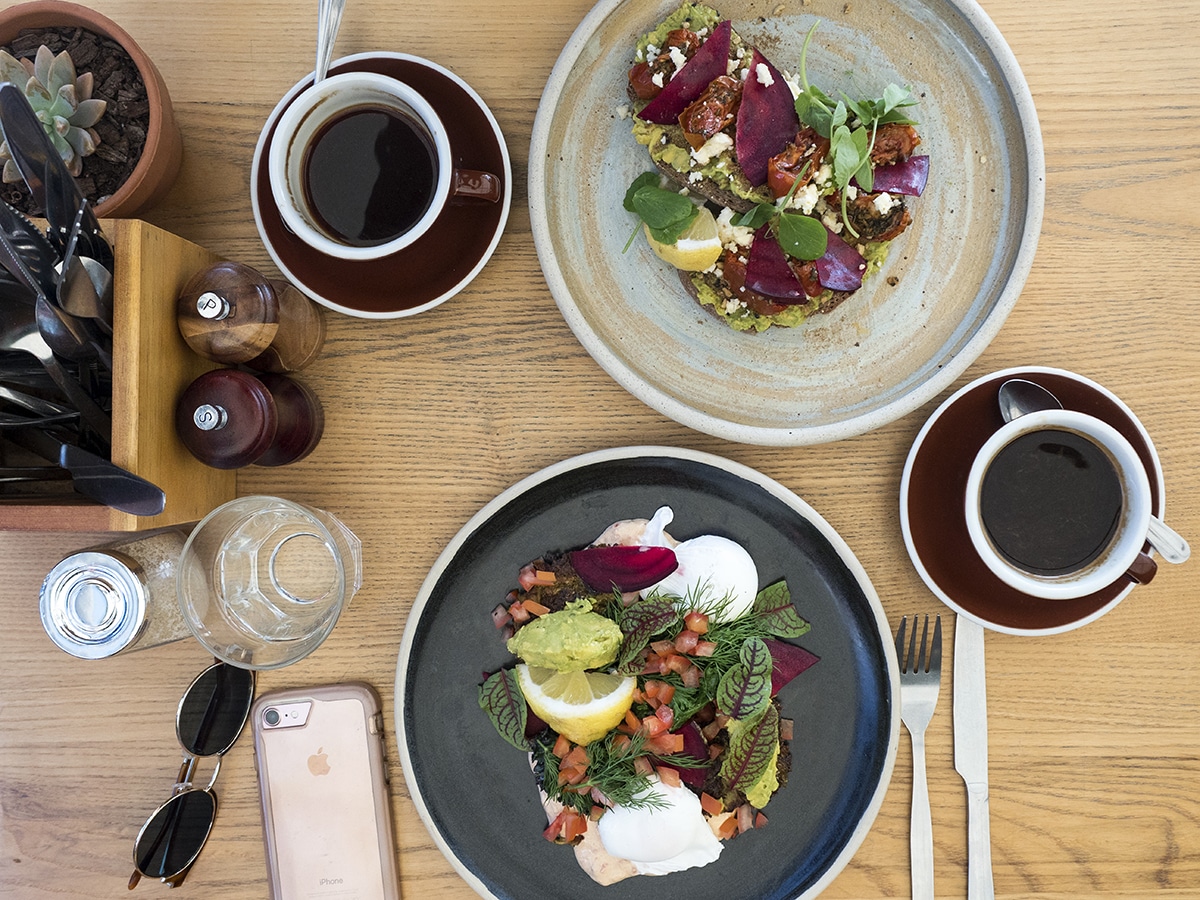
Hashtags and handles aren’t meant to be hard, but for most of the tourism operators we’ve met in recent digital-ready workshops, decoding Instagram seems to be as challenging as Alan Turing decoding Enigma.
If your face contorts like the quizzical emoji (🤔) every time you log into the app, we’re here to help. Over the past three years, we’ve worked 1:1 with over 100 tourism operators, and helped turn their puzzled expressions into veritable-PHD’s in Australia’s favourite image sharing platform, Instagram.
We’ve learned there’s no such thing as a silly question when it comes to learning how to use Instagram, but there is such a thing as paralysis. That’s why we’ve compiled our top tips for running a wildly successful tourism Instagram account, so you can go forth and conquer your account.
#happyreading
1. Make Instagram a key pillar of your marketing strategy
We take it you’re here for the hard truth – well, sit yourself down because Instagram isn’t just part of your content marketing strategy, it is your content marketing strategy. Before you stop reading, muttering to the computer that your target market aren’t on Instagram (here’s a whole blog post on that perler) or how little time you have to learn a new channel, you need to hear us out. Instagram is visual, tourism is visual – and we won’t even wait for you to name a more iconic duo.
Google (and every marketer who’s ever presented a tourism conference, ever) always talks about the four phases of the travel cycle – Dream, Plan, Book, Share. Instagram taps into each of these four phases, which gives your product, destination or event four chances to tap into the buyer’s behaviour in one hand-held app. How many other free marketing platforms can do just that?
2. Plan your content ahead of time to save you hours
Just as doing a weekly grocery shop will save you time (and money), opposed to visiting the supermarket every single day to collect ingredients – a bit of careful content planning will save you time in your Instagram efforts.
The biggest challenge we hear from tourism operators is that they don’t have time for Instagram, which is a valid concern, but it’s usually muttered by people who place value on other time-consuming things like preparing in-room compendiums that only existing customers (not potential ones) will ever read … if at all.
By planning content, whether it’s with our monthly planner or your favourite content planning app (like Hootsuite, Planoly or Buffer to name a few), a little bit of hard work at the start of the week should essentially set your accounts up to run themselves. Of course, you’ll still need to log into the app to community manage your accounts – but other than that, your posts will be firing while you’re busy working on other parts of your business. Now, if only you could automate the housekeeping!
Need more convincing? Here’s 6 [more] reasons you should be scheduling your content.
3. Curate your content according to themes to avoid content fatigue
If a tourism operator’s biggest gripe with Instagram is time; ‘finding good content’ is a close second. This always seems so odd, because most operators are fortunate enough to run businesses with stunning vistas or views (hello, you work in tourism not construction!) and even if the product itself isn’t insanely photogenic in its own right (e.g. a motel), the broader destination certainly will be.
Using accommodation as an example, encouraging people to visit your region will always result in people needing accommodation – so posting general destination images to create intent to visit is still a strategic use of Instagram. To help keep your content ideas fresh, we recommend you write down content themes to help keep your feed on track. For example, a hotel might post four times a week, sharing the following content:
Post 1: Room image
Post 2: Destination sunset
Post 3: Nearby attraction walking/short drive from the accommodation
Post 4: Onsite activity e.g. pool/gym guests can visit.
These themes can run on repeat – or for more variation, curate at least nine different types of themes so your nine-square grid in Instagram is always interesting – and you never get stuck/bored or confused with what to post next.
If you’re stuck for ideas, we made a 52 Week Content Planner which has a years’ worth of content prompts and caption cures for just $33 aka 63 cents per week.
4. Book a photographer to capture content to roll out over the coming months
Finding it hard to get good quality content? Outsource it to someone who’s entire job is to make good quality content! Booking a photographer for half a day every three to six months should keep your Instagram account ticking over so you don’t have to worry about getting a picture each day to put up. If a half-day photoshoot with a photographer yields 100 images for your product, and you’re posting four times a week, your investment should bring 25 weeks or 6 months worth of content.
Aside from having hot content, booking a photographer also removes any confusion about copyright. You’ll know exactly who took the images and you can also buy them directly off the photographer, removing any need to credit in some circumstances.
Now, if we were running this session live, most operators at this point pipe up and tell us they don’t have a marketing budget to cover fresh imagery. If this is you – consider a time swap. We know plenty of photographer’s who’ll shoot your property, product or event in return for a free stay. You win. They win. But mostly, your Instagram account is going to win.
5. Leverage channels that are far bigger than your own to grow your own
The tourism industry were early adopters of Instagram, which explains why its leading accounts are so much larger than other industries by follower numbers. Compound this with the fact that Instagram is a visual platform and tourism is highly visual and you can see why Instagram is like a moth to a holiday-makers flame. The beauty of this, is that there are large accounts you can leverage – and leveraging costs nothing but diligence with your use of hashtags and handles.
If you’re an Australian-based tourism operator or product, you should be tagging in all of your content at the very least your State Tourism Organisation (STO), Regional Tourism Organisation (RTO) and Local Tourism Organisation (LTO). A share of your content on one of these channels, could just be the gasoline required to fire up your channels and bring with it hundreds, if not thousands of new followers (who you can convert to customers) to your channels.
6. Vary your content using free tools/apps like Timelapse and Boomerang to make your content more interesting
Too many operators we work with 1:1 have never played with the full functionality of their camera on their smartphone. If you use an iPhone, you have access to video functions like Timelapse and Slow Mo that can make any videos interesting. For a fun piece of content, try experimenting with a sunset timelapse while you’re enjoying a glass of wine from your property. Simply set up your phone on a solid surface so it doesn’t wriggle around, and press go. By the time you finish your glass, you’ll have an epic piece of content to share that will keep your followers interested and wanting more.
Download the Boomerang App to make simple short-form videos – perfect for guests doing a cheers or posing with their certificates of completion from say a dive course they’ve completed.
7. Don’t just get caught up in telling your story, drive sales too
Contrary to what most marketers will tell you – Instagram isn’t just a storytelling tool. All the stories in the world about your business, as nice as they are, aren’t going to drive sales if you don’t leave customers with a call to action or something to do. The whole point of Instagram is to get people to book/buy your product and drive more dollars into your back pocket. Some marketers believe you should never leave an Instagram post without giving your audience something to do – whether it’s a ‘visit our website’, ‘email us’ or just asking them a question like ‘when was the last time you took a holiday?’.
We believe in the story, story, story, sales technique so that for every fourth post, you’re clearly selling to your customer. You can sell to your customer through language e.g. “Flash Sale: 30% off room nights this week due to a last-minute cancellation. Call 123456 to book your perfect next romantic escape” and also through online tools such as an Instagram shop.
For a step by step guide on how to set up an Instagram shop, click here to find instructions inside our Social Media Handbook.
8. Go fishing with dynamite, use ads
If you want to catch a fish, you need to go where the fish are biting, right? If you want to accelerate your growth, then it makes sense to advertise where customers are browsing – Facebook and Instagram ads. You need to set these up through Facebook Business Ad Manager – wherein you can set a budget, creative and call to action. If you’re after a quick, hot fire rather than a long burn – then investing in ads is for you.
We suggest using them sporadically for maximum results – tying them into campaigns where you have an offer for your customers like Pay 2: Stay 3 rather than your general story-telling style posts. If you want a step-by-step guide for how to set them up, flick to page 38 in our Social Media Handbook.
For more handy tips like this, you might like our Social Media Handbook now available for instant download here.

By Hannah Statham
Hannah Statham is The Boss at Media Mortar. She’s a heavy weight wordsmith, punching with puns, analogies and metaphors that leave readers wanting more. When she’s not refreshing her Instagram feed, you’ll find Hannah walking her rescue greyhound Olivia.

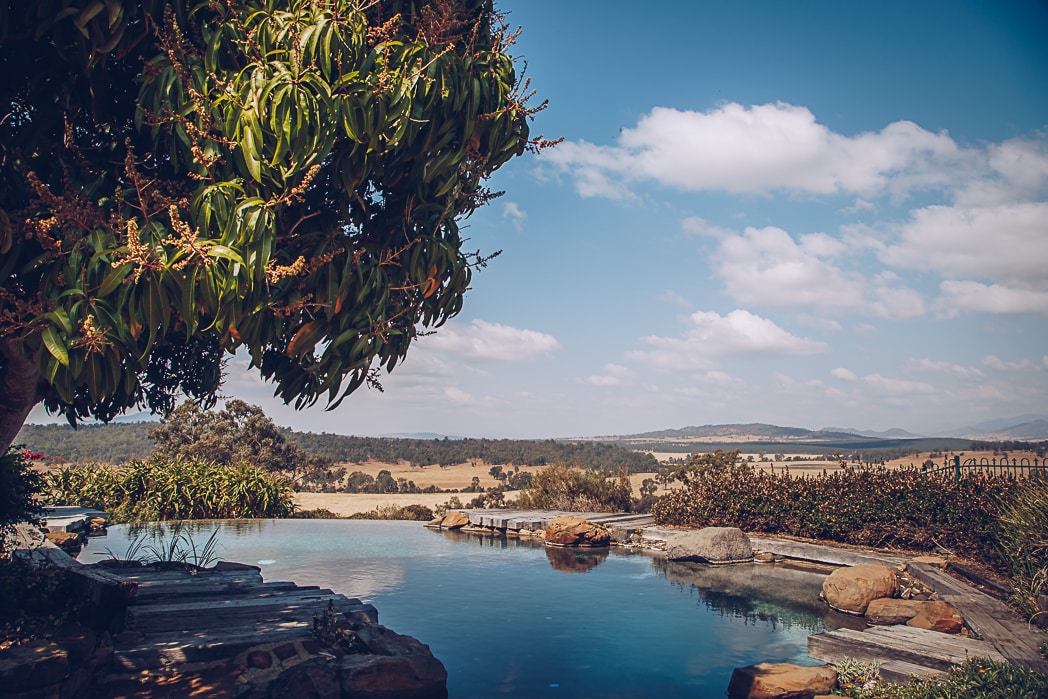
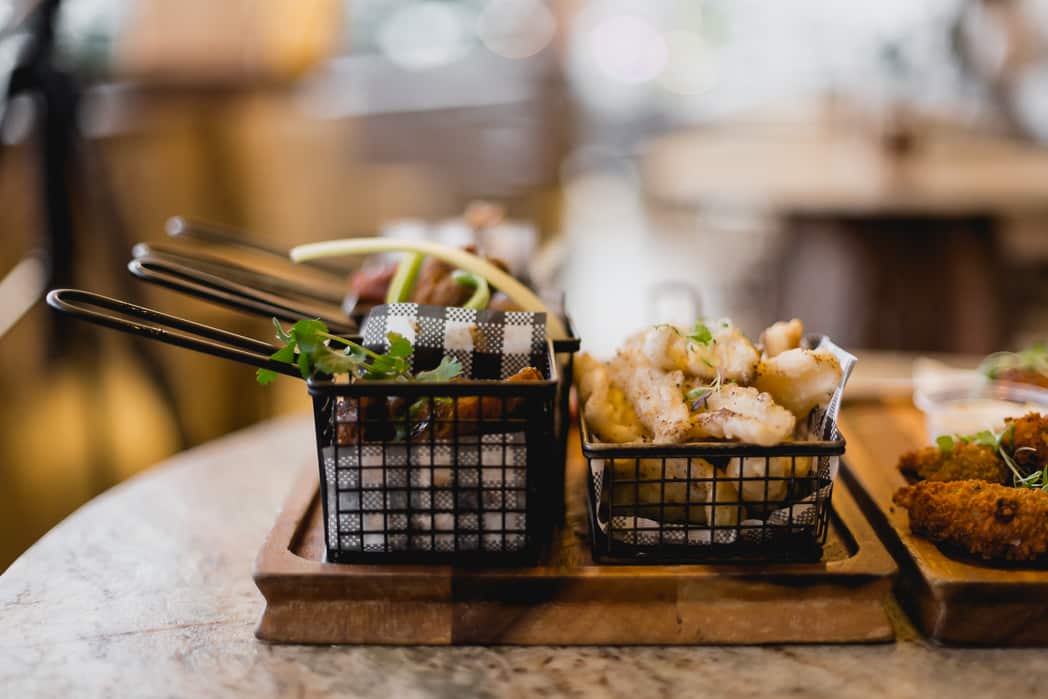
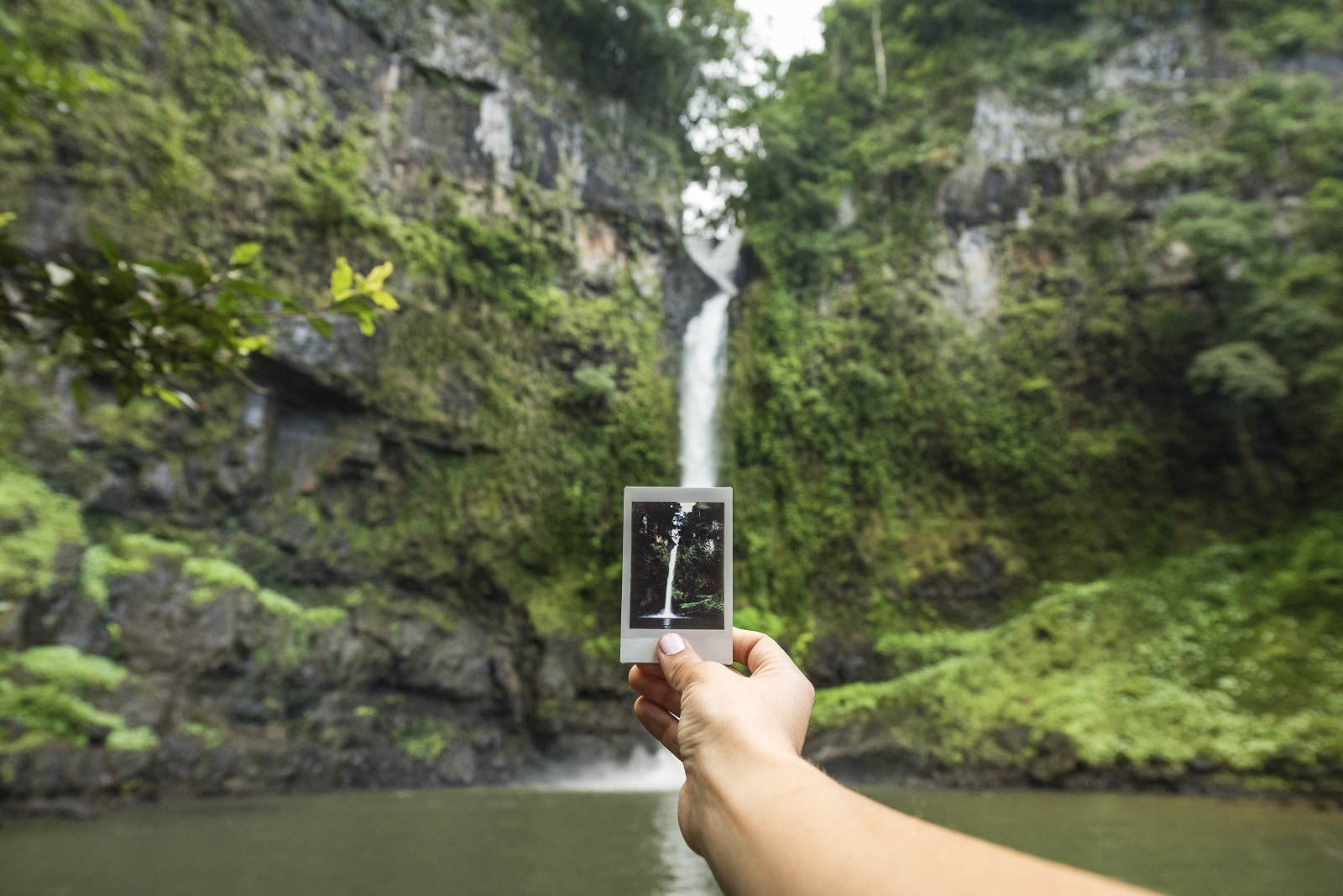


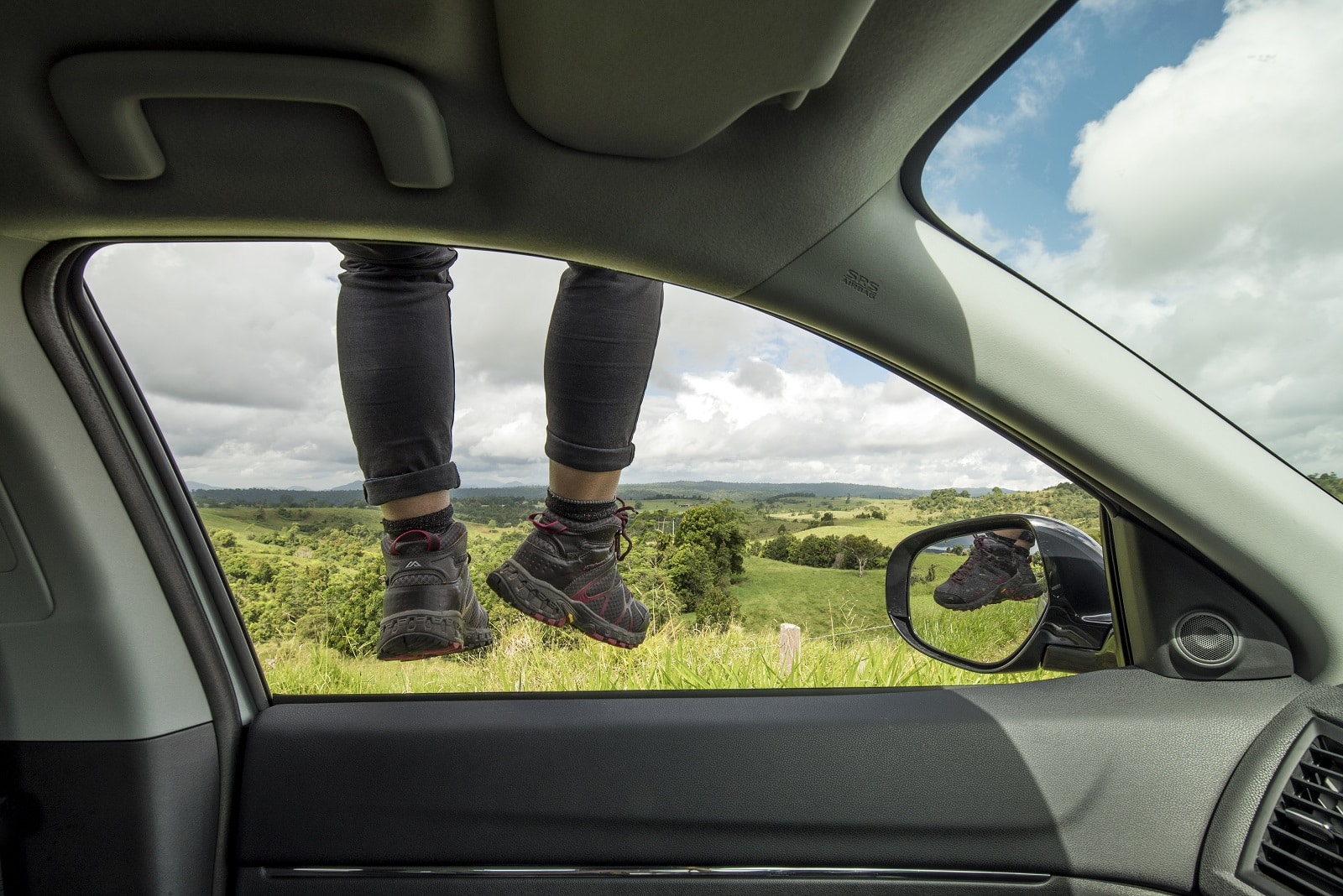

Recent Comments